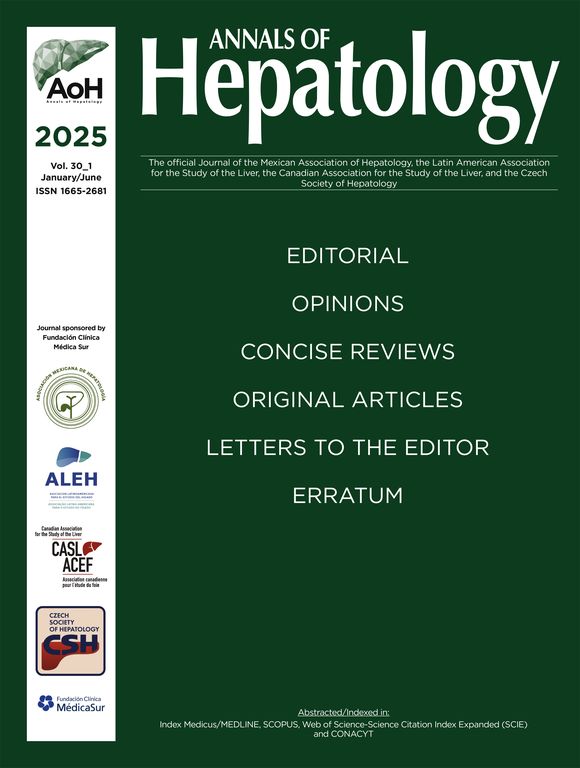
Abstracts of the 2024 Annual Meeting of the ALEH
Más datosNo
Introduction and ObjectivesBackground: RUCAM has been a cornerstone in the causality assessment of DILI for the last three decades. However, the emergence of the Revised Electronic Causality Assessment Method (RECAM) promises enhanced accuracy and efficiency. Aim: to compare both scales and assess RECAM's performance in a prospective DILI registry.
Patients / Materials and MethodsThe analysis was conducted on well-vetted DILI cases from a prospective multicenter cohort from a single country, in which RUCAM initially assessed causality. After applying the RECAM, the results and significant causes of discrepancy were analyzed
Results and Discussionamong 180 DILI-suspicions induced by conventional agents, RUCAM excluded 3.8% of cases and classified 38.8% as highly probable, 41.6% as probable, and 15.5% as possible. RECAM upgraded 66 cases (36.7%), downgraded 42 (23.3%), and left 72 (40%) unchanged. RECAM upgraded seven cases excluded by RUCAM to probable (3) or possible (4) and excluded one case considered probable by RUCAM. The figure shows the flow of classifications from RUCAM to RECAM. Variability in results between the RECAM and RUCAM was mainly due to differences in the domains assessing latency, particularly prolonged onsets (>60 days after drug initiation or >30 days after cessation accounted for 42.5% of differences), and the lack of Virus E serology as a determining factor.
ConclusionsRECAM proved to be a straightforward tool for evaluating DILI causality in clinical practice, offering improved objectivity when used prospectively and with all critical information available (particularly hepatitis virus markers). However, it is crucial to remain vigilant and pay particular attention to drugs with a long latency period.










